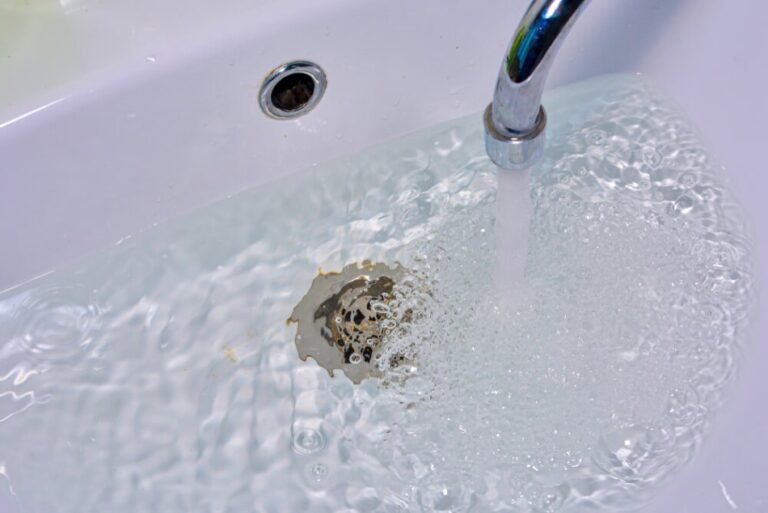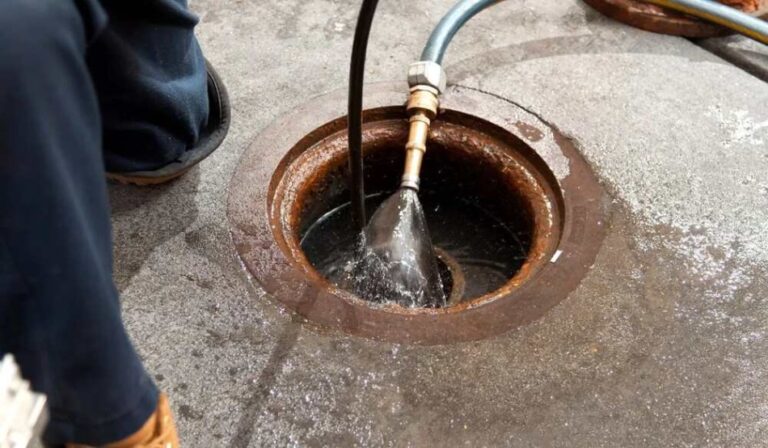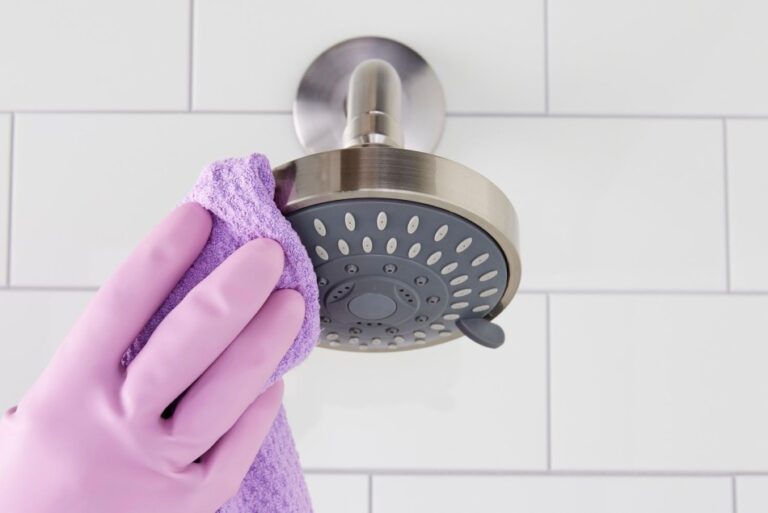Dealing with plumbing issues can range from simple fixes to more complex challenges. Occasionally, a trusty plunger is all you need, but there are times when a professional’s assistance is required.
Most homeowners prefer to avoid involving plumbing companies due to the potential costs. However, whether it’s a plumbing emergency or just a sluggish drain, it’s crucial to address the issue promptly. Taking swift action can help you avert further damage and prevent your home from facing sewage backup.
What Should You Watch For?
Clogs in drain pipes are a common aggravation, often caused by hair, soap build-up, grease, tree roots, or accumulated dirt. Here are some signs that indicate a clog might be forming:
– Unpleasant odors from sinks
– Slow drainage
– Gurgling sounds
Recognizing these early indicators allows you to address the problem before it escalates into a costly plumbing emergency.
Clogs typically occur in three main areas: beneath sinks, in drains, and the main sewer pipe.
Cleaning Overview
It’s relatively straightforward to clear a blockage near the sink with a plunger or mild drain cleaning solutions. Just remember to avoid harsh chemicals that could corrode your pipes or pose health risks.
If the clog is deeper in the drainage pipes, a drain snake or auger may be necessary. Instead of purchasing a small one from the grocery store, opt for professional-grade tools, which you can rent from a hardware store or have a certified expert use on your behalf. For persistent clogs or issues in the sewer line, advanced cleaning methods might be needed, such as hydro jetting, which effectively uses water pressure to clear out pipe blockages.
The Main Drain Cleaning Process
Before calling a professional, it’s wise to assess whether you can handle the cleaning yourself. Here’s what you’ll need:
– Waterproof gloves
– Waterproof boots
– A long water hose
– A wrench
– A plumbing snake or auger
Once you have your supplies, put on your gloves and boots to avoid direct contact with waste, which can pose health hazards.
Open the Cleanout Pipe
Locate the cleanout pipe, characterized by a short pipe protruding from the ground and capped at the end. This will serve as your entrance to the sewer line.
Open the cap slowly to prevent dirty water from splashing, and allow any backed-up sewage to drain out gradually. Be prepared to step back if the wastewater pressure is high. Wait until the build-up has completely drained before using your tools.
With the right approach, you can tackle minor clogs and maintain your plumbing efficiently!
Use the Drain Snake
When the flow has stopped, carefully insert the drill into the pipe and start it up.
It’s important to check the tool’s instructions before you get started, as different brands may have specific features. Operate the auger until you feel no more resistance in the pipes.
This means the clog has been cleared, and the passage should be open.
However, it’s a good idea to keep the tool running for a few additional minutes to tackle any remaining lumps and ensure everything inside the pipes is fully broken up.




